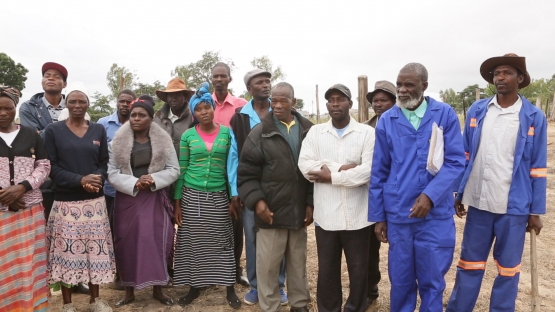In spite of the lack of water and poor soil fertility, the parents of students in two schools in two impoverished and arid regions of Zimbabwe were able to grow vegetables so that their children could go to school without empty stomachs. The parents and school officials received advice on how to manage the scarce water and improve soil fertility from a team put together by the Joint FAO/IAEA Division’s counterpart in Zimbabwe. The food from the vegetable fields provided lunch for the children and excess produce paid for school fees – and the advice the team shared with the school and parents for creating the vegetable fields is now available for others in the community to adopt.
Students who attend two schools outside of Zimbabwe’s capital city, Harare, often arrived for class so hungry, they could not concentrate. Some were reported to have collapsed from hunger during school assemblies. Others did not go to school at all, because their parents were not able to pay their school fees. When the headmasters of the schools approached the Joint FAO/IAEA Division’s Zimbabwean counterpart and asked for assistance in establishing vegetable fields near the schools, the answer was “yes”, and a team was established to support the project.





